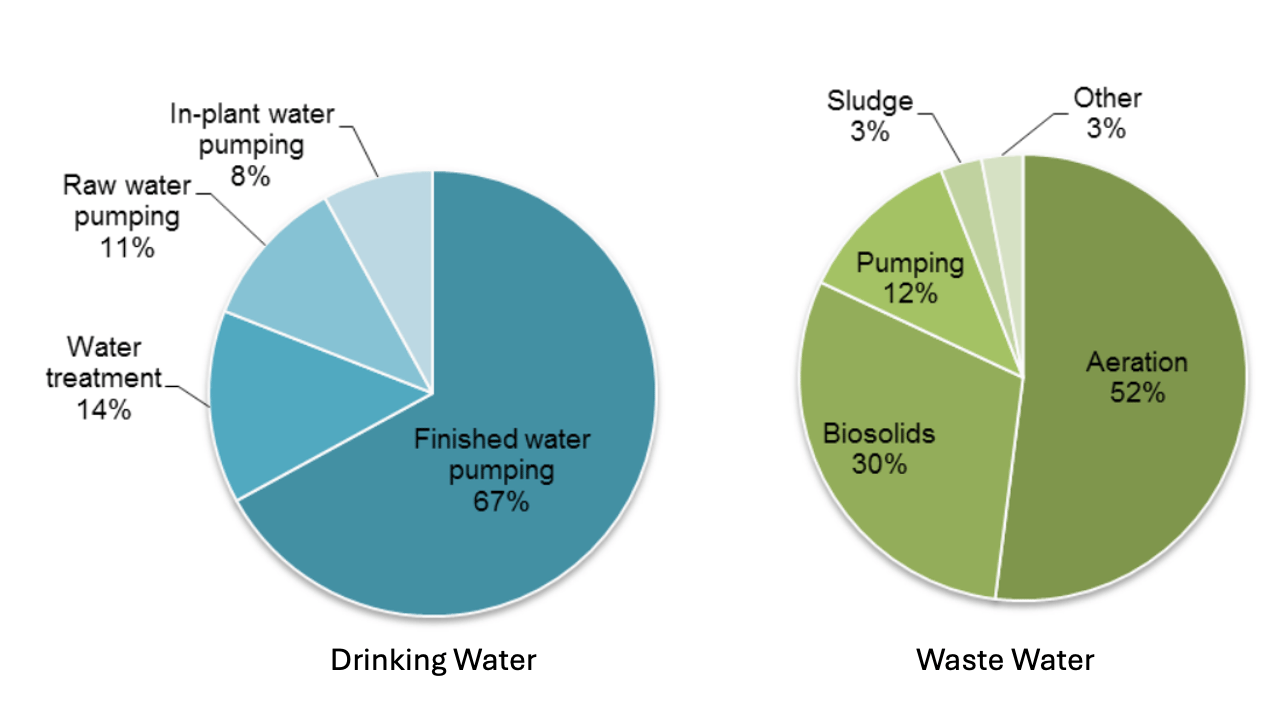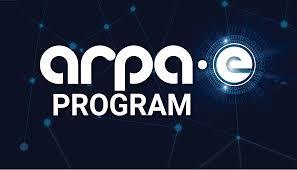- Infrasync Technology Services
- Posts
- Infrasync Newsletter #9 - Save Water Save The Grid
Infrasync Newsletter #9 - Save Water Save The Grid
The Water and Energy Relationship at Utilites
One of the great things about smart utility project is the dual payoff of saving water and energy. When utilities better understand their water data and bring in new technology to save water, they end up saving energy as well. It’s estimated that the US uses around 13% of its energy on water related activity. Of that 13% the largest users is finished water pumping at 67% and wastewater aeration at 52%.

Water - Energy Consumption
Source: Electric Power Research Institute (EPRI)
Many utilities are working to improve their energy efficiency through smart water projects. How exactly are they doing that? It's a combination of approaches.
Conservation – Educating or incentivising people to use less water. This is a very common approach for residential and commercial. The average consumption of water per day per person went from 112 gallons in 1980 down to 82 per person in 2015 and looks to be trending down even further. What has worked well for our projects are a combination of better technology and better communications. Advanced Metering Infrastructure (AMI) monitors water usage continuously and alerts households if they are using excessive water for long periods of time that can indicate a leak. Now when there is a leak or someone left water running they can be notified within a few days instead of 30-45 days later when they get their water bill. This is one of my favorite approaches because it directly helps the households manage their water bill.
Loss Reduction – Finding and fixing all the leaks in the water distribution systems. Around 17% of water treated and the pumped in the USA is lost to leaks. While no system can be perfect, many utilities are adopting more aggressive pipeline replacement programs and leak detection programs. The common technologies used for this are acoustic leak sensors, satellite leak detection, and now digital twins of the water systems. The trick to this is a multi technology approach. If a utility has rocky soil, underground water, lots of rainfall, and all PVC pipe that requires a much more aggressive set of sensors and tools than a utility with dry soil, little rainfall, and metal pipe. It’s best not to buy every tool and technology out there but develop a core set of 2-3 that your team can consistently use and improve on.
Treatment Optimization – Historically, a treatment facility was designed with factors of safety built in to avoid permit violations and unsafe drinking or wastewater. However, the water demands and loads are dynamic on these treatment facilities so is it possible to make the treatment more dynamic as well? Many utilities are turning to process optimization projects such as a machine learning model or digital twin to track all the dozens of parameters (flow, turbidity, biological loading, chemical loading, etc) and provide recommendations to operators on how to run the plant more efficiently. This is becoming much more common with wastewater treatment plants for the aeration basins as those are over 50% of the energy demands. For this approach to work you typically need some sensors in the collection network to give advance warning of peak flows and loadings, then onsite sensors and SCADA to help with the controls and adjustments for those flows.
Component Replacement – Maybe the simplest approach as you don’t have to change any operating processes or procedures. Just find the oldest and least efficient pumps, blowers, rotating equipment, or others in your system and replace them with newer and more efficient equipment. This can be done stand alone for a component at a time, or if there is a reasons to expand the whole facility you can include it within a capital project. This likely won’t win you any innovation awards but sometimes simple is the best.
How do you know which one to focus on at the utility? Honestly, all of the above give benefits so it’s up to each utility and system when to focus the efforts. It may be useful to set targets such as 5% energy reduction per year and then leave it up to smaller teams to determine how to best achieve that. Alternatively you can look at your largest capital project spend year over year. Is it treatment?water pipelines? pump replacements? If you can link a water or energy saving program to deferring or downsizing a multi-million dollar capital project that can provide some great paybacks for the utility.
Also, if you can align your needs with a grant from your local state revolving fund or federal funding sources such as ARPA then you can apply for grants and loans and have the projects almost pay for themselves. Talk about a win-win!
Make sense to connect?
Are you working to help your utility or technology company take the next step forward? If you want to talk through a challenge or share something interesting your team did please shoot me a note at [email protected] or schedule a 15 minute call here.


